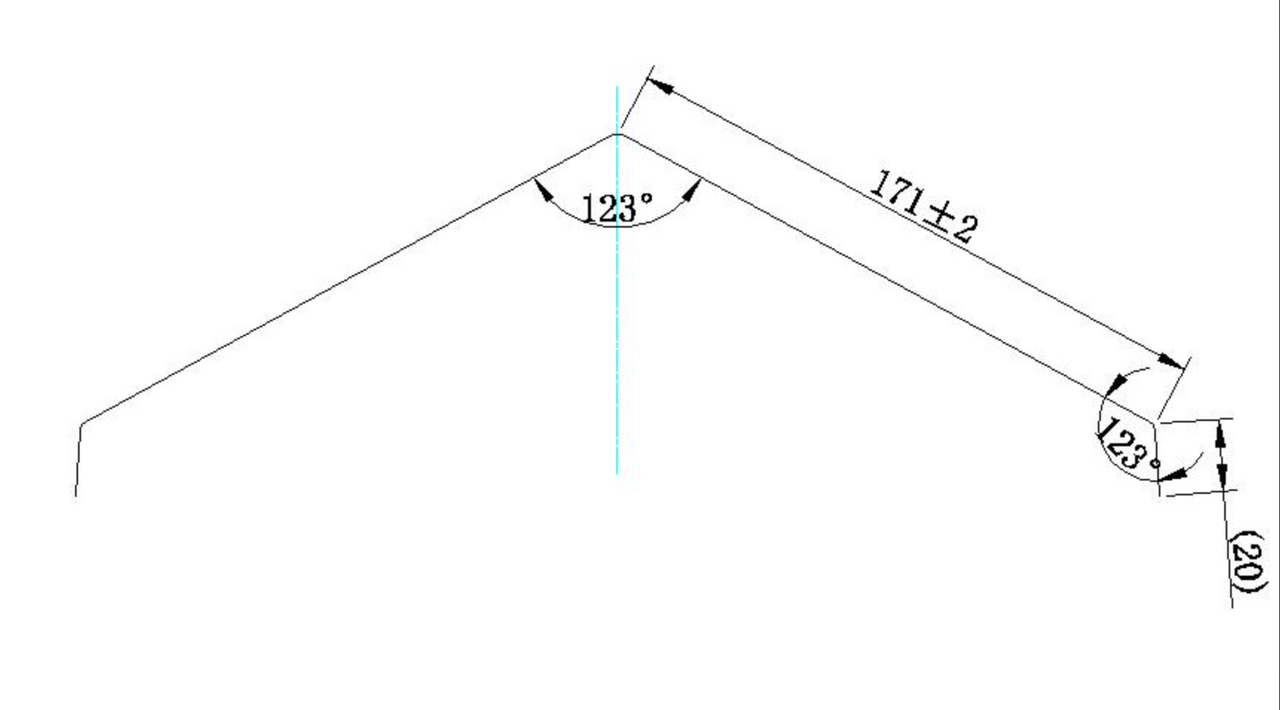
Posted on Thursday, October 3, 2024
A Ridge Cap Roll Forming Machine is designed to produce ridge cap profiles for metal roofing systems. The ridge cap is the metal trim that is installed along the peak of the roof, where two roof slopes meet. It plays a crucial role in preventing water from leaking into the roof by covering the joints between the roof panels.
Here is a typical Ridge Cap profile that the machine would produce:
The Ridge Cap Roll Forming Machine uses a series of rollers to shape flat metal coils into this specific profile, ensuring precise bends and consistent quality across the entire production run.
Ridge cap profiles are designed to cover the ridge or peak of a roof where two roof slopes meet, providing a watertight seal while enhancing the roof's appearance. Below are some common ridge cap profiles:
These profiles can be customized based on roof slope, material, and application requirements, with additional features like ribbing or venting slots for improved functionality.



32/1000 Box Profile Roll Forming Machine – Complete Guide & Specifications
Posted on Sunday, November 16, 2025
High-performance 32/1000 box profile roll forming machine for roofing and cladding. Full specifications, profiles, applications, pricing

PBR / R-Panel Roll Forming Machine – Complete Guide & Specifications
Posted on Sunday, November 16, 2025
PBR / R-Panel roll forming machine for roofing and wall cladding. Full specs, profiles, applications, pricing, and global buying guide. Built to order.

Posted on Sunday, November 16, 2025
How to Diagnose and Fix the Hidden Electrical Problems That Cause Downtime
Copyright 2025 © Machine Matcher.